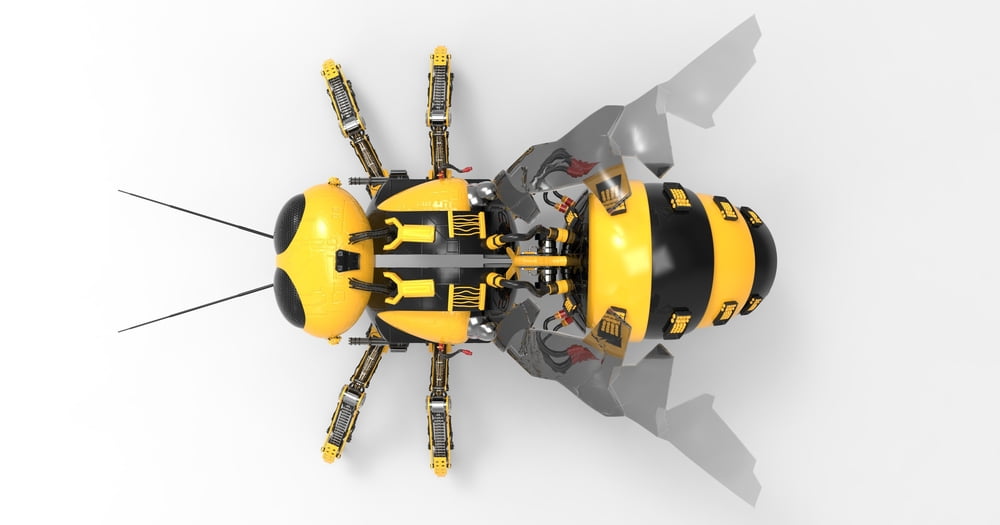Not a week goes by without some interesting development in the world of robotics. The RoboBee is by far one of the more unique creations we have seen as of late. This flying robot is only a millimeter wide and has been in development for several years now. Its main selling point is its amphibious nature, which is something most people wouldn’t associate with this type of machine.
RoboBee Opens up new Opportunities
Researchers at Harvard’s Wyss Institute have been experimenting with amphibious flying robots for some time now. More specifically, the RoboBee project has been in development for multiple years now and still continues to receive regular updates. For a flying robot that’s one millimeter wide, it is remarkable what this contraption is capable of and what potential it has.
More specifically, a recent update allows the RoboBee to dive into water, emerge, and shoot itself upwards using a rather complicated mechanism. This new mechanism also allows for a safe landing nearby, which is pretty interesting to take note of as well. As one would expect, bringing this technology to such a small form factor hasn’t been easy. Moreover, ensuring the RoboBee can effectively transition between flight and swimming is still problematic.
With its small size, this robot may experience some water resistance making it impossible to take off properly. In particular, the lower parts of the RobeBee can be hindered significantly when submersed. Thankfully, the team at the Wyss Institute has been able to overcome this problem for the time being. Interestingly, all of this has been achieved by adding buoyant outriggers to bring the robot back to the surface.
The fact that the RoboBee is just a millimeter wide also makes it difficult for the device to carry much weight. It is a very small and lightweight flying robot, for obvious reasons. The addition of electrolytic plates has also been of great interest. With this plate, the robot can split water into hydrogen and oxygen and mix them together to create “fuel”. With enough of this volatile concoction on board, it becomes a lot easier to make the robot lift off. That’s a smart design choice, to say the very least.
This is another major breakthrough in the world of tiny robots with more than one method of moving around. Flying and swimming interchangeably is incredibly difficult to achieve for any robot, regardless of its size. Being able to bring such powerful technology together into a speck-sized flying robot is an amazing feat. The RoboBee is certainly worth keeping an eye on moving forward.
Moreover, it will be rather interesting to see how the developers plan on making the RoboBee even more versatile moving forward. It would appear the proverbial ceiling has been reached as far as this small form factor is concerned. Then again, no one expected this latest round of developments either, and it is certainly possible these researchers will surprise us in the end.

